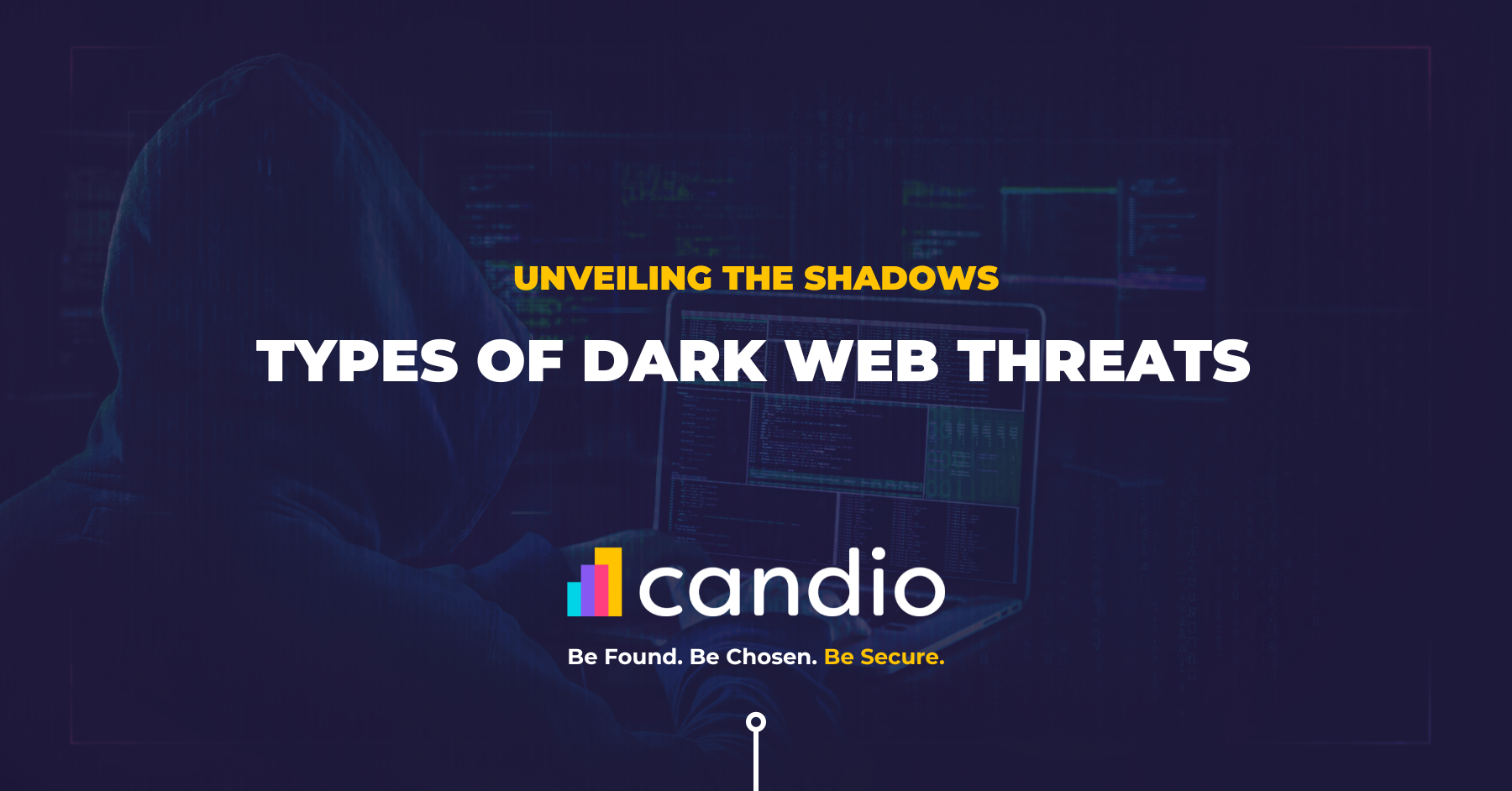written by Tom Chedham
Introduction
The Dark Web, often shrouded in mystery and intrigue, is a hidden part of the internet that is inaccessible through standard search engines. While it serves legitimate purposes, such as providing anonymity for users in oppressive regimes and hosting privacy-focused websites, it also harbors a plethora of threats. In this blog, we will delve into the various types of dark web threats that exist in this hidden realm.
Cybercrime Marketplaces
One of the most notorious aspects of the Dark Web is the proliferation of cybercrime marketplaces. These underground websites facilitate the buying and selling of various illicit goods and services, including stolen data, hacking tools, drugs, counterfeit money, and even weapons. Some well-known marketplaces include AlphaBay, Silk Road (now defunct), and Dream Market (also seized by law enforcement).
Identity Theft and Personal Data Sales
The Dark Web is a hotspot for stolen personal data, which can be used for identity theft, fraud, or extortion. Cybercriminals trade in sensitive information like Social Security numbers, credit card details, and login credentials. The victims of these data breaches often suffer severe financial and personal consequences.
Hacking and Malware Services
The Dark Web offers a thriving marketplace for hackers and cybercriminals to sell their services. This includes hiring hackers for Distributed Denial of Service (DDoS) attacks, malware development, ransomware deployment, and various other malicious activities. As a result, organizations and individuals are at constant risk of falling victim to cyberattacks.
Phishing and Social Engineering
Phishing attacks remain a significant threat on the Dark Web. Cybercriminals create convincing websites and emails that mimic legitimate organizations to trick users into disclosing sensitive information or downloading malicious files. Phishing attacks are often the initial step in larger cybercrime operations.
Counterfeit Goods and Fraud
The Dark Web hosts marketplaces that specialize in selling counterfeit products, such as fake passports, driver’s licenses, passports, and counterfeit currency. These goods can be used for a range of illegal activities, from identity theft to money laundering.
Weapons and Contraband
Illegal weapons and contraband, such as narcotics and stolen goods, are available for sale on certain Dark Web marketplaces. While these transactions are illegal in most jurisdictions, the anonymity of the Dark Web makes it challenging for law enforcement to track and prevent them.
Extremist Content and Terrorism
The Dark Web also serves as a platform for extremist groups and terrorists to communicate, spread propaganda, and coordinate activities away from the prying eyes of law enforcement. Efforts to combat this type of content have led to debates about censorship and online privacy.
Insider Threats and Whistleblowing
While not all activities on the Dark Web are malicious, it can also be a platform for insiders to leak sensitive information or blow the whistle on unethical practices within organizations. While this may serve a public interest in some cases, it can also expose sensitive data and jeopardize national security.
Conclusion
The Dark Web is a complex and multifaceted space that presents a wide array of threats to individuals, organizations, and societies as a whole. While it does offer some legitimate uses, such as privacy and anonymity for those living under oppressive regimes, the darker aspects of the Dark Web
cannot be ignored. As technology continues to evolve, so do the threats that lurk in the shadows of the internet, emphasizing the need for continued vigilance and cybersecurity measures to protect against the ever-present dangers of this hidden realm.
